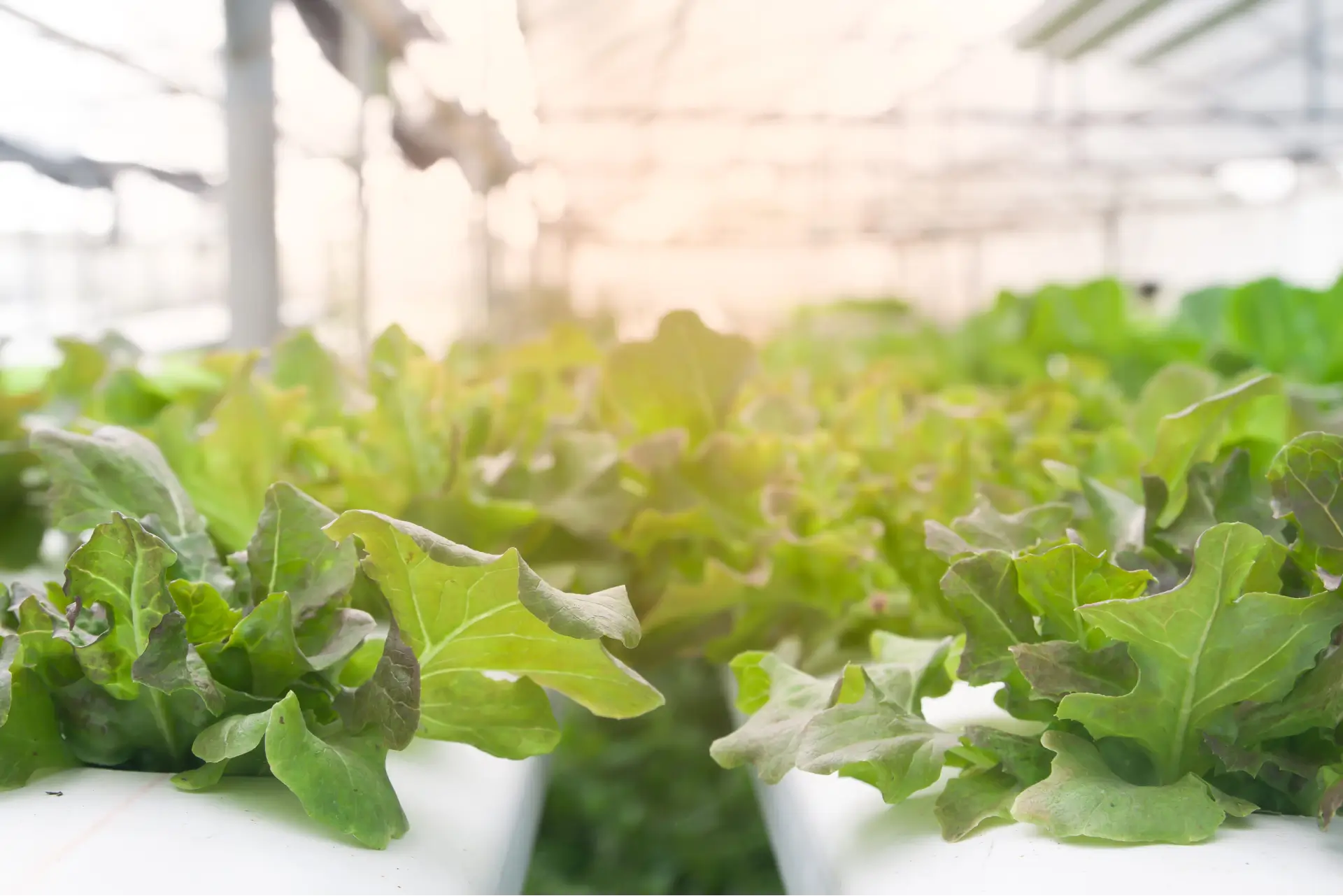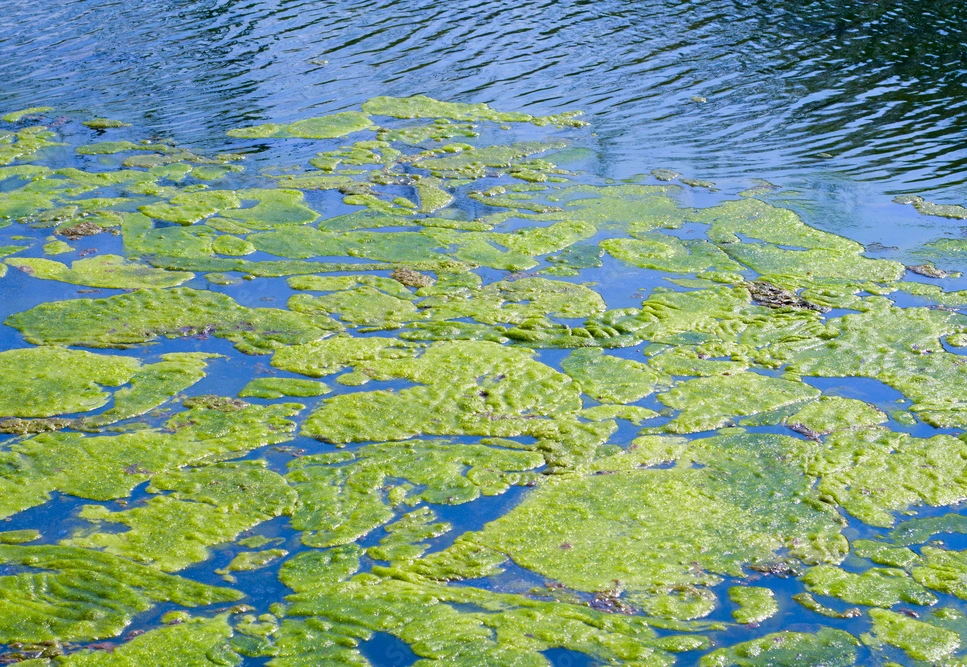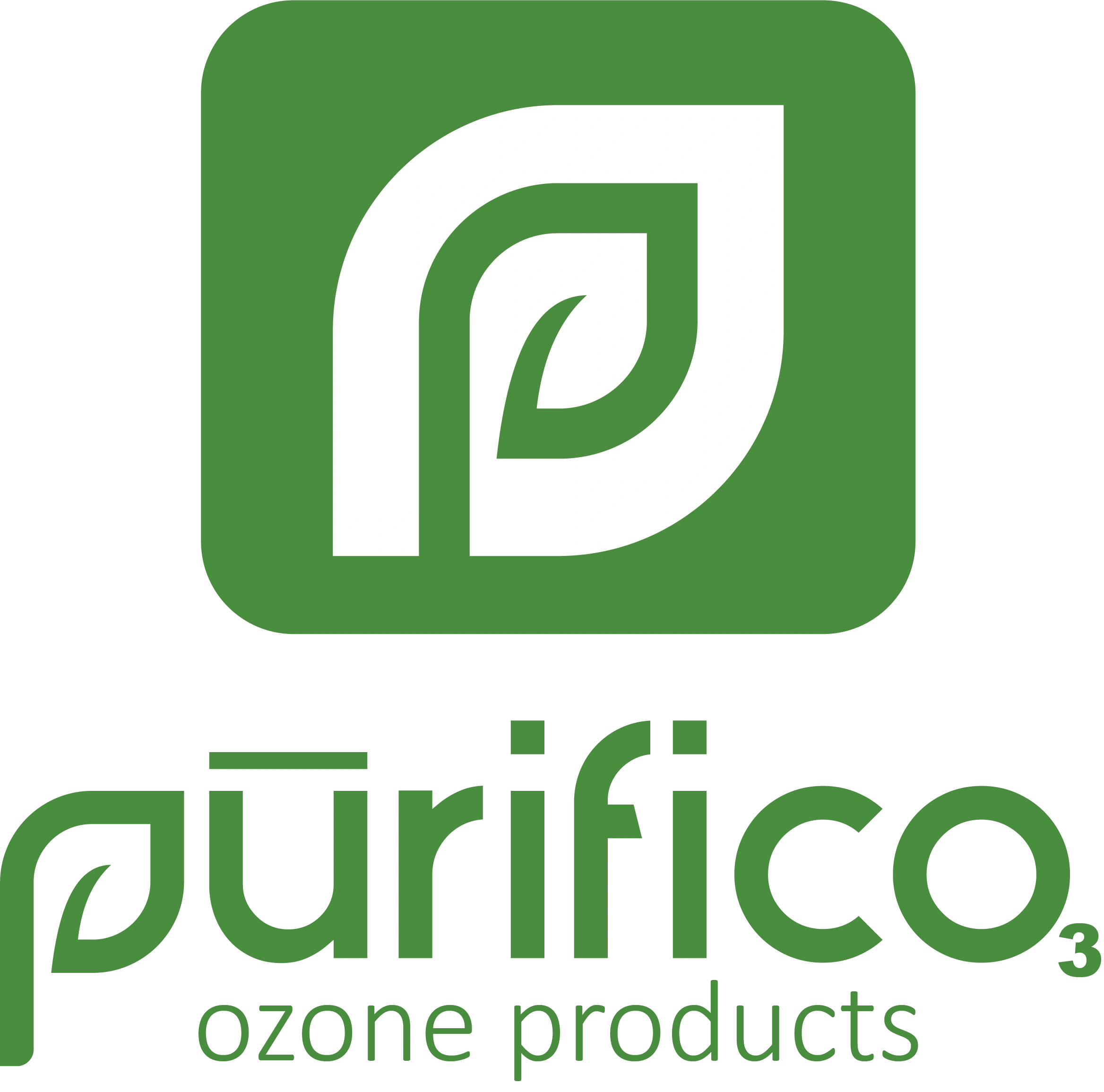Disinfection with Ozone
Disinfection
Harness the power of ozone as a potent oxidant capable of eradicating microorganisms resistant to other treatments. Purifico’s ozone technology stands out for its ability to disinfect without leaving harmful residues, ensuring safety for crops, livestock, and the environment. Let us handle the complexities of water chemistry with expert assessments, tailored solutions, and ongoing support for your success.
Home » Disinfection





